Welcome to our ongoing series of short articles about watches which should only take a minute or two to read. We continue today with a brief discussion of the tourbillon.
Tourbillon
In horology, a tourbillon (/tʊərˈbɪljən/; French: [tuʁbijɔ̃] "whirlwind") is an addition to the mechanics of a watch escapement. Developed around 1795 and patented by the French-Swiss watchmaker Abraham-Louis Breguet on June 26, 1801, a tourbillon aims to counter the effects of gravity by mounting the escapement and balance wheel in a rotating cage, to negate the effect of gravity when the timepiece (thus the escapement) is stuck in a certain position. By continuously rotating the entire balance wheel/escapement assembly at a slow rate (typically about one revolution per minute), the tourbillon averages out positional errors.
Originally an attempt to improve accuracy, tourbillons are still included in some expensive modern watches as a novelty and demonstration of watchmaking virtuosity. The mechanism is usually exposed on the watch's face to show it off. -- Source: Wikipedia
Ok, so what does that really mean to a watch buyer?
In a conventional mechanical watch movement, the balance wheel oscillates back and forth (by virtue of the hairspring). As it swings, it engages the escape wheel via a forked lever, releasing the torque supplied by the (much larger) mainspring located at the other end of the gear train. The balance wheel, the lever and the escape wheel are all at fixed locations on the movement's base plate (aka Main Plate). However, with a tourbillon, these 3 components are held together in a "cage" which rotates (typically once per minute) when the movement is operating.
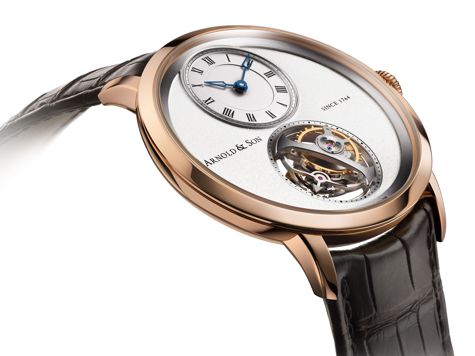
Why go to the trouble and expense of doing this? Well, two centuries ago, it was done to average out the rate error between having a watch in various positions (face up on a night stand, held vertically in a watch pocket, etc.). Note that clocks have no need for a tourbillon since they remain in one orientation. Well, except for marine clocks and they were often mounted in a box with gimbals to overcome the same problem (gravity induced positional timekeeping error).
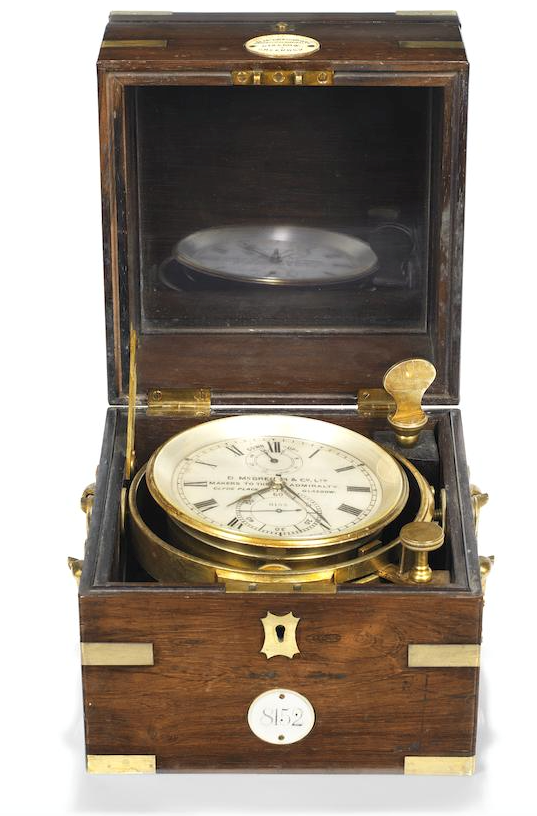
Now days, the theoretical timekeeping edge is just not really much of a demonstrated advantage. Some tourbillons may (or may not) keep better time than a similar movement with a conventional (fixed) escapement.
So why buy a tourbillon? Because they are often exposed on one or both sides of a watch. The animation they provide is a visual treat for watch collectors. On a watch with a so-called "open heart" conventional movement, you can see the balance wheel oscillating and if you look closely you may see the escape wheel turning. This is considered to be a cheesy imitation of a real tourbillon.
In comparison, with a tourbillon, an entire set of bound together components are spinning as a single unit. The balance wheel still oscillates and the escape wheel spins on its axis while rotating along with the other items within the tourbillon's cage. Lot's more moving stuff to see (and appreciate).
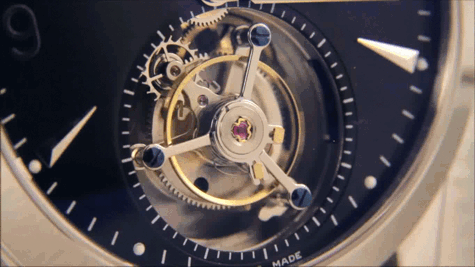
So why isn't every mechanical watch a tourbillon? Cost of course! There are many more small and precisely made parts in a tourbillon. Plus since the balance wheel and the hairspring's attachment point are rotating, it is much harder to regulate a tourbillon.
Another factor is market positioning. The Swiss have basically said that they won't produce a tourbillon for under $15,000 (and most are over $40,000). As they use this "complication" (really it is not a complication in the strict definition of the word) only on their higher priced watches.
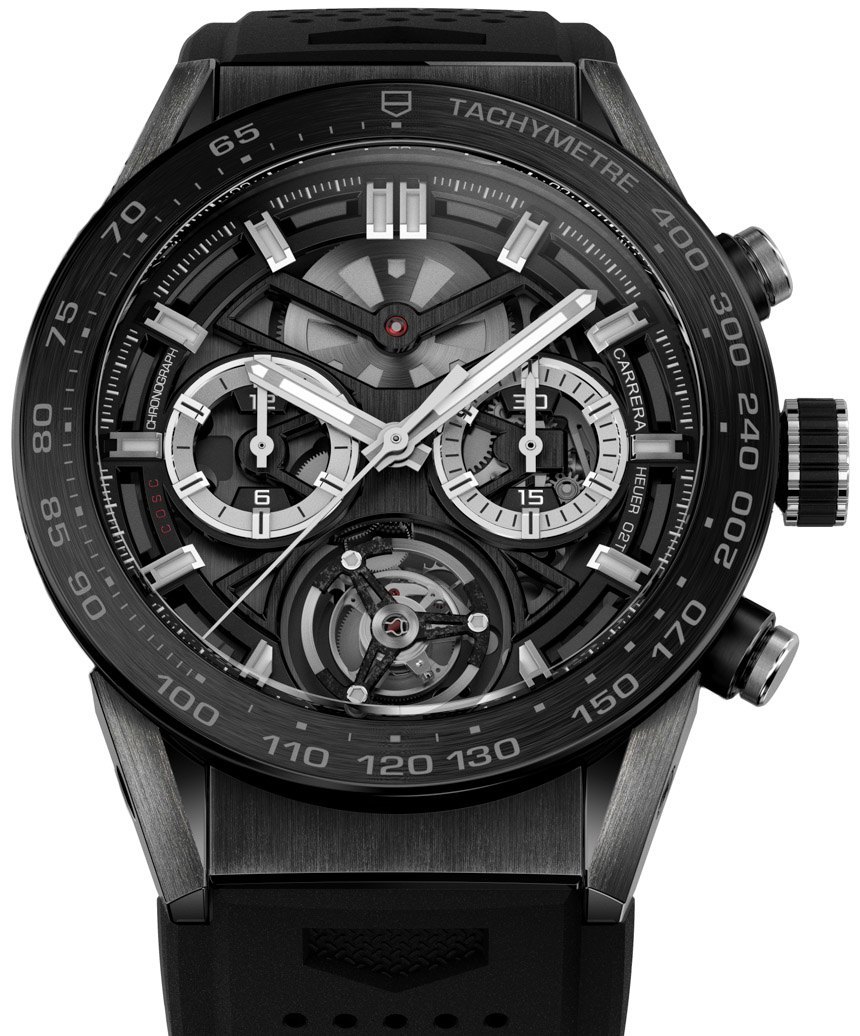
There are Chinese tourbillons which you may be able to find for around $500 (and up) and they do provide the same animation. However the time keeping (accuracy) and overall watch quality is in line with what you get from a cheaply made Chinese watch.
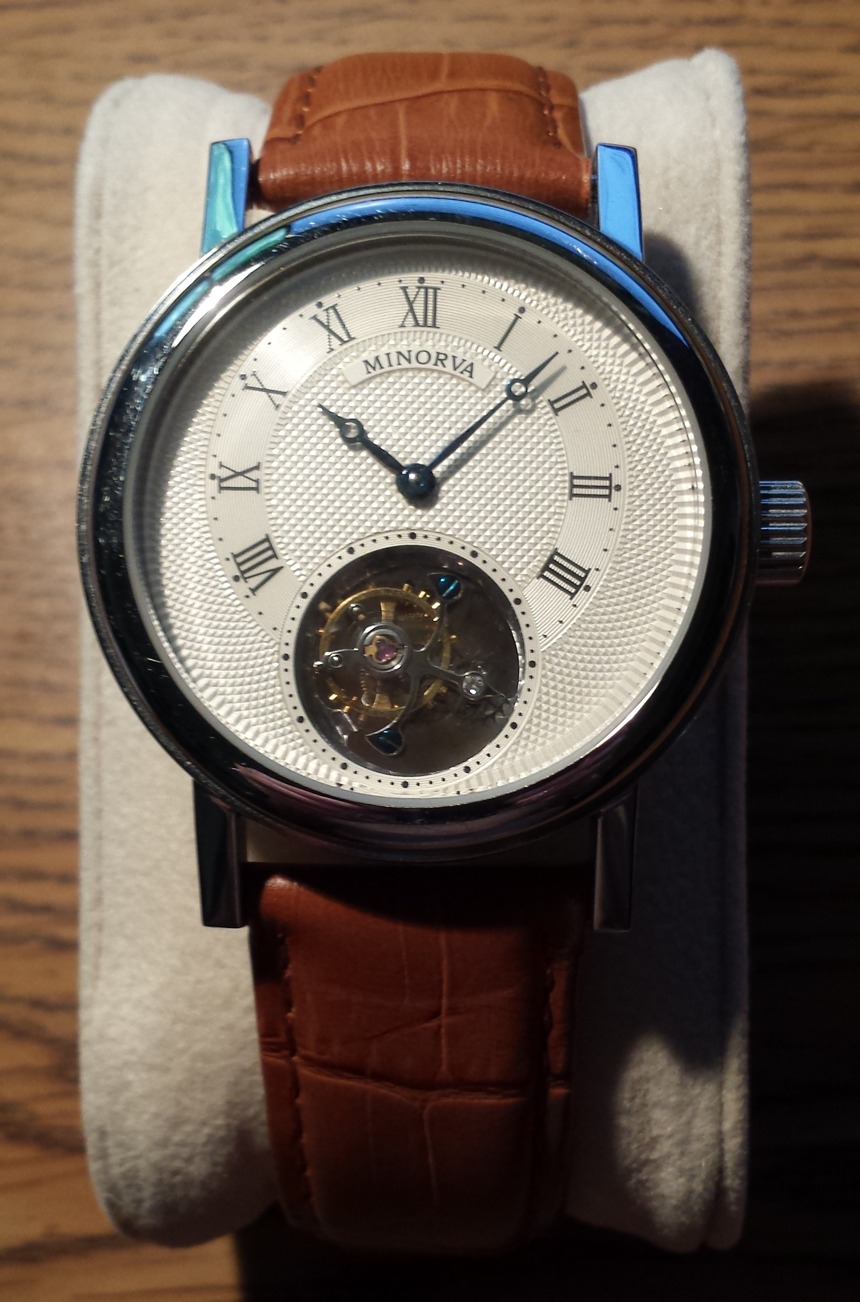
Times up! That's all for today. Stay tuned to the Hawaii Jewelers Association website for the next installment of "The Minute Hand" with your host, Mark Carson of Mark Carson / Individual Design watches.

